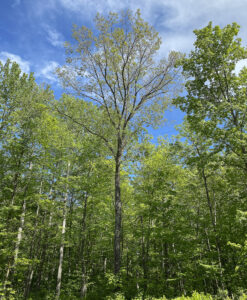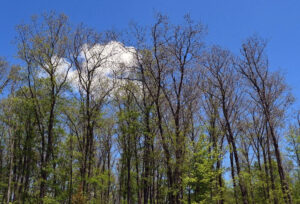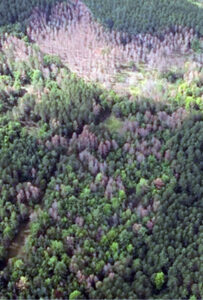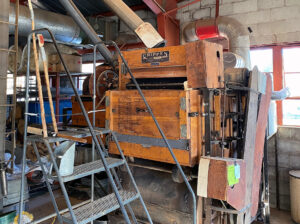By Paul Cigan, DNR Forest Health Specialist, Hayward;
Paul.Cigan@wisconsin.gov or 715-416-4920

Many oaks across northern Wisconsin displayed partially defoliated, thin, and yellow-tinted crowns caused by defoliation from the oak leafroller and oak leaftier. / Photo Credit: Paul Cigan, Wisconsin DNR
A three-year-long outbreak of oak leafroller moth and oak leaftier moth—two native, early-season oak defoliators—continued this spring in northern Wisconsin, leaving behind tens of thousands of acres of oak-dominated forest with scattered, widespread defoliation.
Partially defoliated, thin and yellow-tinted crowns were visible across portions of Barron, Rusk, Sawyer and Washburn counties, as well as areas in Florence, Forest, northern Marinette and Vilas counties.
Continue reading “Oak Moth Outbreaks May Have Peaked In North”



